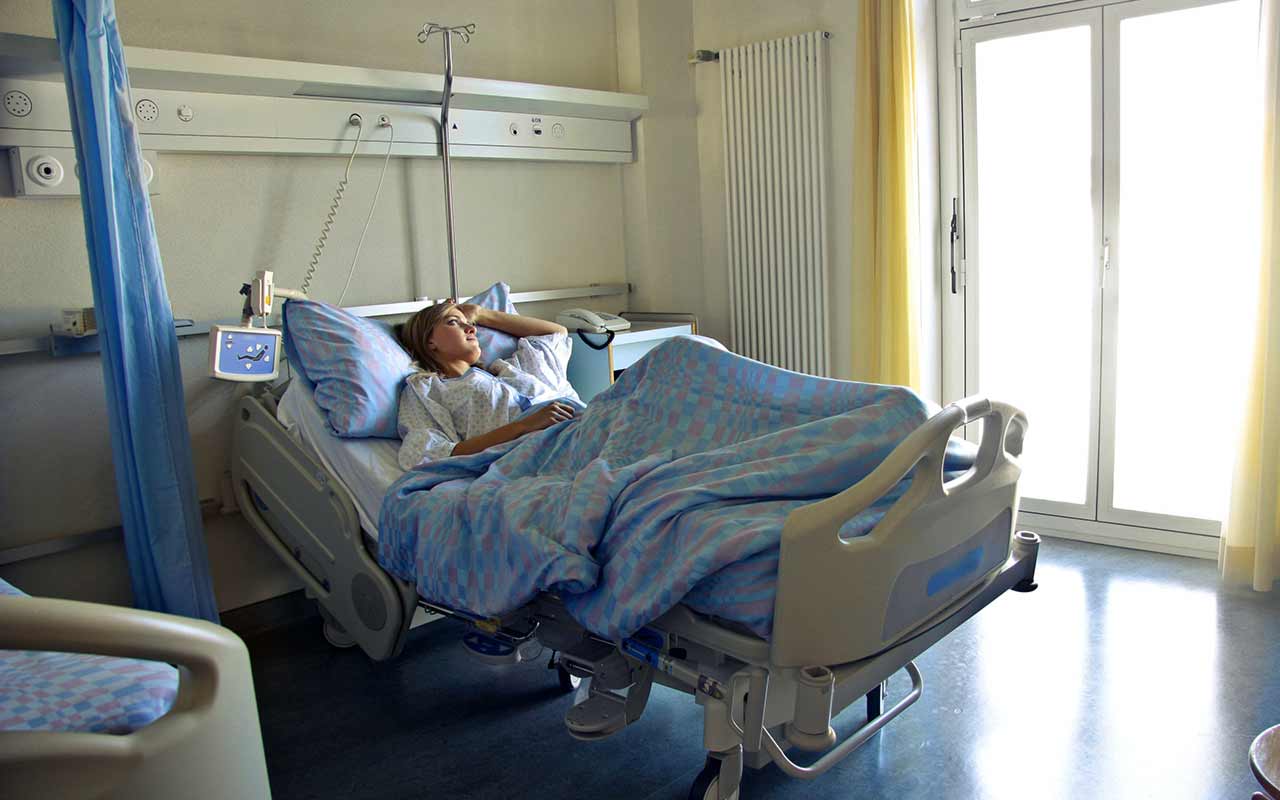So, you’re going under the knife. You anticipate an extended recovery that includes medication, bed rest, and physical therapy.
Should you include massage therapy in your recovery regiment?
Yes, you should!
According to a major review of 16 existing studies published in September 2016 in the journal Pain Medicine, massage therapy can effectively reduce the severity of pain and anxiety in those who’ve undergone surgery. The study—commissioned by the Massage Therapy Foundation with support from the American Massage Therapy Association— concluded that patients should consider massage as a therapeutic option to manage these issues.
One Obstacle: Pain
After surgery, pain isn’t always short-lived. Research shows that persistent or chronic post-surgical pain can last two to three months and statistically is responsible for nearly 25% of cases of chronic pain. According to 2013 research in the Journal of Pain, postoperative pain can also interfere with mood, sleep and other cornerstones of mental and physical health.
What’s more, surgery doesn’t lead to acute pain only at the site of the incision or surrounding areas. In the weeks after the procedure and as patients’ lives return to something resembling normal, many will have adopted new ways of moving to compensate for initial discomfort. This in turn can disrupt the normal alignment of muscles and joints, trigger additional aches and pains, and even lead to long-term dysfunction.
How Massage Helps
With most types of surgery, massage benefits patients by reducing surrounding discomfort and re-aligning muscles and joints. “Massage therapy helps with changing alignment due to complications post-surgery—the alignment of the body itself or any joint,” Jenice Mattek, a Chicago-area massage therapist, explains. “It can help to turn muscles back on that may not be working as they should be.”
Additionally, massage therapy may improve healing after trauma and in some cases ameliorate the degree of postoperative fibrosis, another potential complication of surgery or trauma characterized by the production of excessive fibrous scar tissue, which may result in decreased movement.
Some clients may not associate ongoing discomfort with previous surgery. Mattek asks, “Is scar tissue causing the complications and have they related it back to their surgery?” Massage around the surgical site can determine if scar tissue is forming near the area or distantly as well, she adds.
It’s Not Just For Physical Pain
Regardless of the type of surgery, a patient will likely experience anxiety and stress, which often byproducts of the experience. According to Dr. Brent A. Bauer, director of the complementary and integrative medicine program at the Mayo Clinic in Rochester, MN, “Even the best surgical experience is still a highly stressful experience both on the physical and emotional level,” he says. “Thus, anything we can do to help the individual manage their stress and sometimes, the stress of their loved ones—may in fact improve outcomes.”
Not only does massage—including massage chair therapy—soothe the muscles, but for the duration of the treatment, it allows us to put ourselves in a relaxed state of mind. Massage can reduce symptoms of pain, stress and anxiety, without the possible side-effects of medication.
What Kind of Massage?
Experts in complementary and integrative medicine who use massage, yoga and other non-surgical approaches along with traditional medical therapies to treat cancer patients and others with serious conditions have found that gentle Swedish-style massage can help reduce anxiety and pain. A massage chair that can provide that kind of massage is the Brio +, by Positive Posture, or the Panasonic MA-J7.
As for well clients, “massage can reduce symptoms of pain, nausea, stress and anxiety,” without the possible side-effects of medication, says Dr. Richard T. Lee, assistant professor and medical director of the integrative medicine program at M.D. Anderson Cancer Center in Houston.
When Caution is Necessary
Before working with a client who’s undergone surgery of any type, Mattek advises seeking medical clearance if they’re less than six weeks post procedure. “Also, if there’s an infection or redness present, or a wound is not healing, do not work directly on that area,” she advises.
Massage should also be avoided if you’re taking certain medications. Pain medications reduce sensation, so you may not feel pain if the therapist massages a sensitive area or inadvertently presses hard enough to cause bruising or nerve damage. Blood-thinning medications such as warfarin may make you vulnerable to bruising and bleeding.
Of course, you should ask your doctor’s advice. Not all surgeries and not all medical conditions are appropriate for massage chair treatment. But a growing body of research supports the notion that massage therapy has much to offer postsurgical patients by easing their path toward healing.
Salamon, Maureen. “Helping Patients After Surgery.” – American Massage Therapy Association, 24 Apr. 2018, www.amtamassage.org/articles/3/MTJ/detail/3834/helping-patients-after-surgery.
Schoolman, Judith. “When to Say No to Massage.” Next Avenue, 31 Dec. 2011, www.nextavenue.org/when-say-no-massage/.
Lebert, Richard. “Massage Therapy and Postoperative Care.” Richard Lebert Registered Massage Therapy, 1 Apr. 2017, www.rmtedu.com/blog/massage-therapy-post-op.


